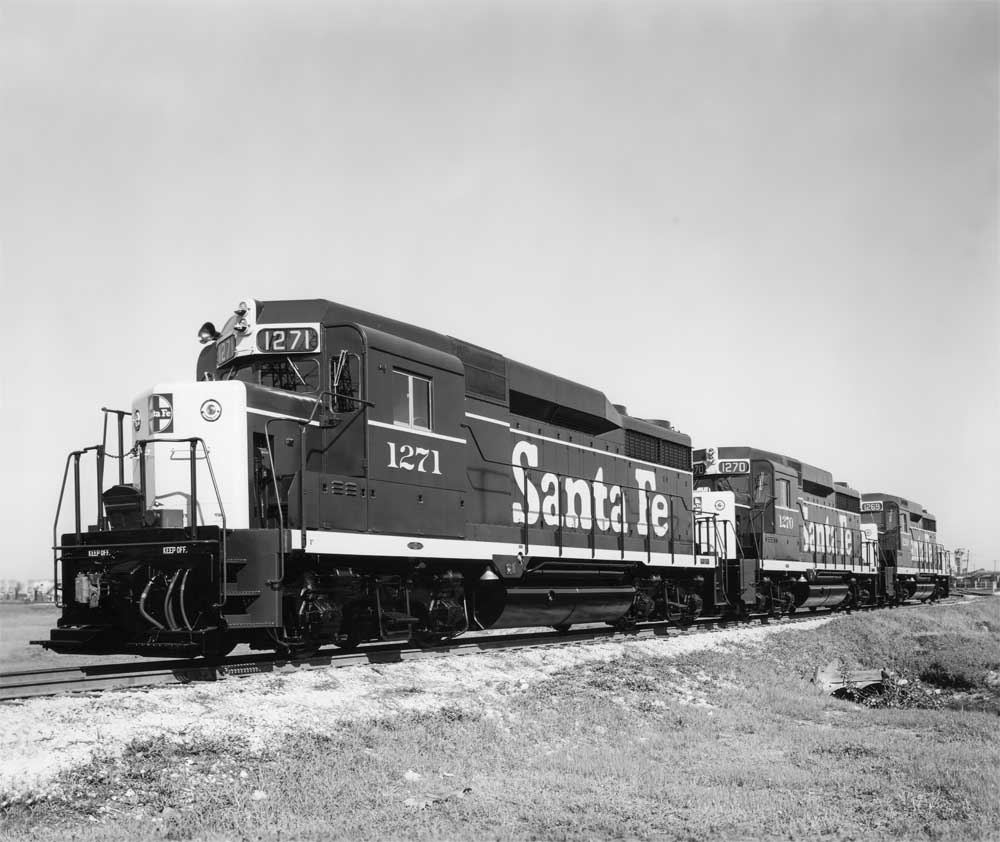
Unstoppable Thursday, June 20, 1968, began simply enough — clear, sunny, and warm. As a newly minted Santa Fe acting trainmaster working vacation relief out of Newton, Kan., I had been assigned by Superintendent Jimmy Fitzgerald — who later became vice president of operations — to monitor and expedite the movement of grain trains from […]
Read More…
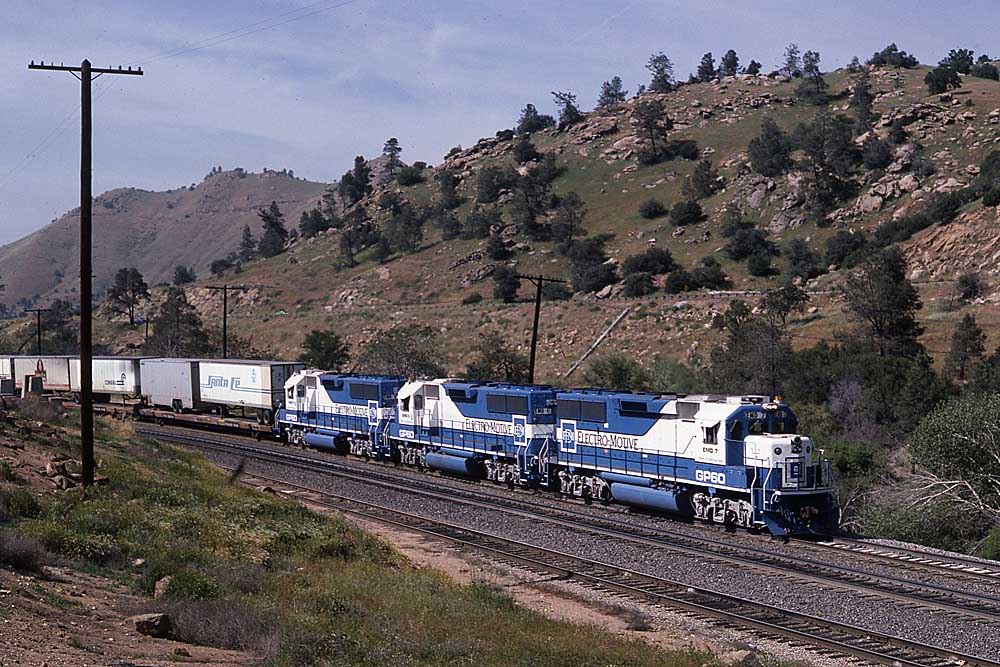
Some careers are more than just a way to make a living. Sometimes they represent history itself. The trick is to recognize that about yourself and plan appropriately. Anyone who cares about railroading in general over the past half-century, or about motive-power technology in particular, can be grateful that Preston Cook came to that realization […]
Read More…
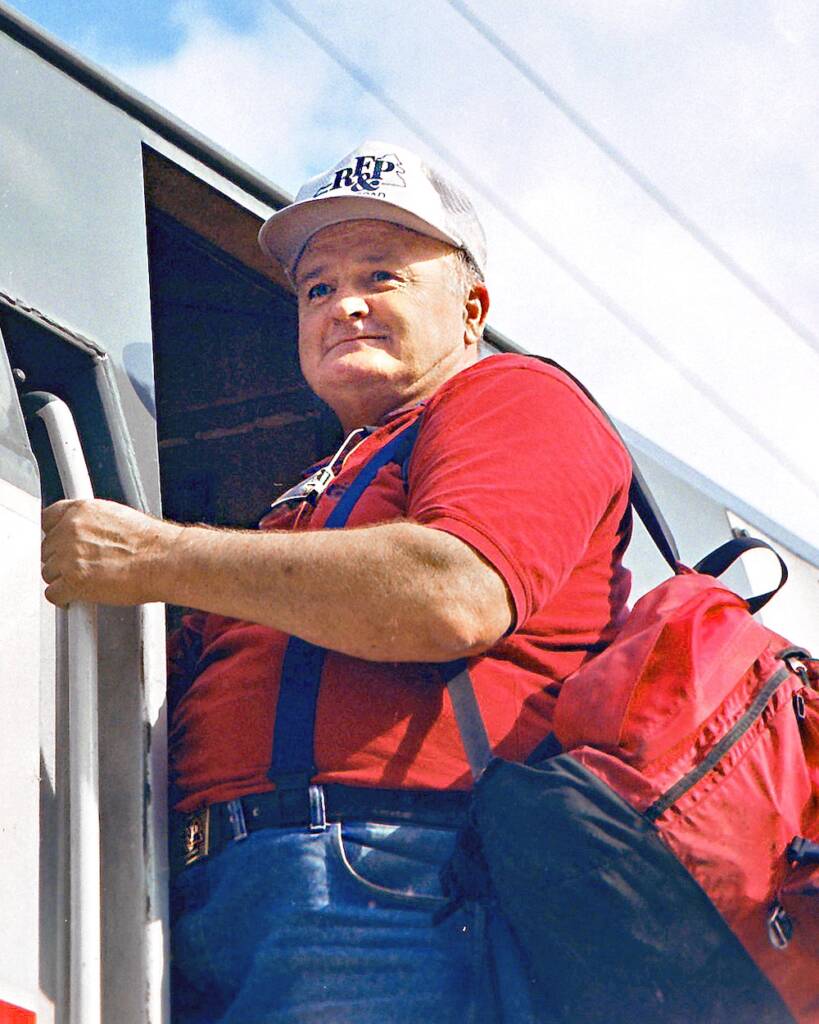
Photography has been my hobby since I retired as Amtrak’s company photographer in December 2012. In addition to trains, I shoot events of all kinds. There never fails to be at least one self-deprecating soul who grins at me and says, “Careful, I might break your camera.” Imagine their surprise when I respond, “Someone already […]
Read More…
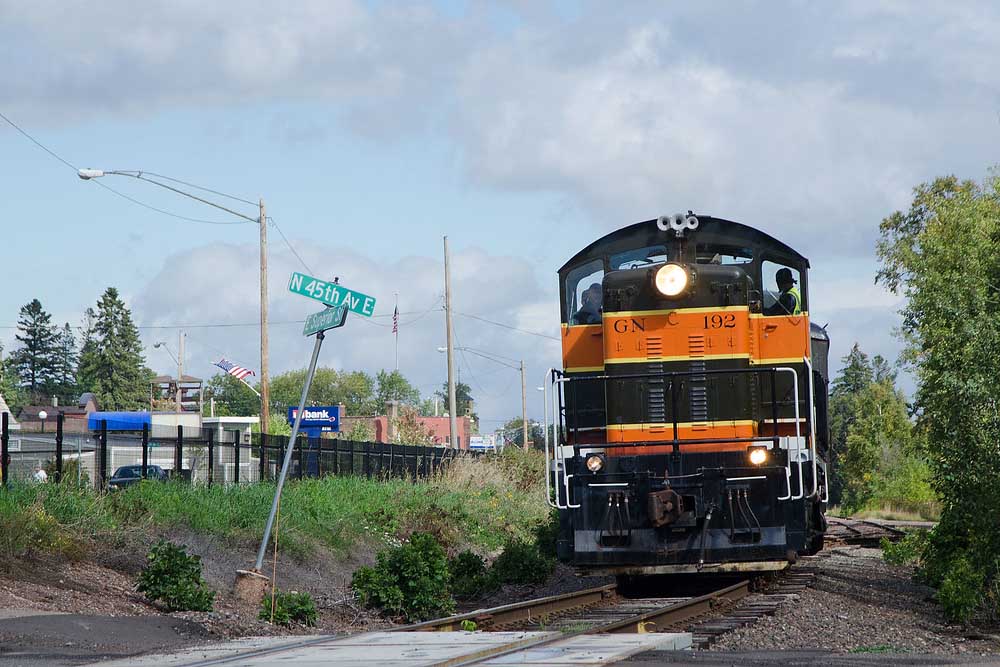
Although some units proved long-lived, the EMD NW5 sold just 13 copies. Although the pre-World War II EMD NW3 was not a stellar seller, after cessation of hostilities in 1945, the builder was keen on revisiting the idea in order to mine the light switcher market dominated by the Alco RS1 and Baldwin […]
Read More…
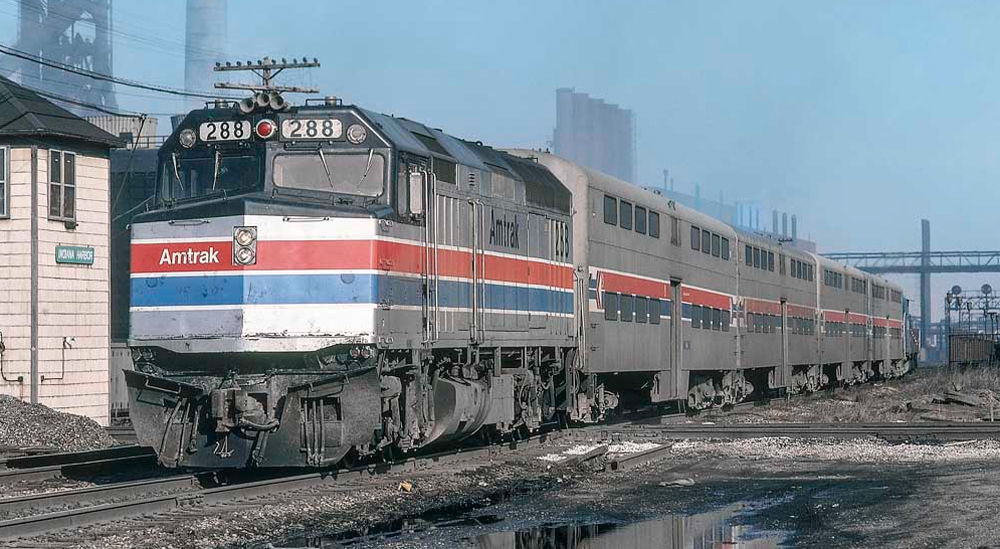
Indiana’s Valpo Dummy commuter train could not garner the public support and funding needed to survive into the modern era. In the 1890s, the Pennsylvania Railroad began operating commuter trains between Chicago and Valparaiso, Ind. Over the next century the service remained largely frozen in time, with operations changing relatively little as the trains passed […]
Read More…
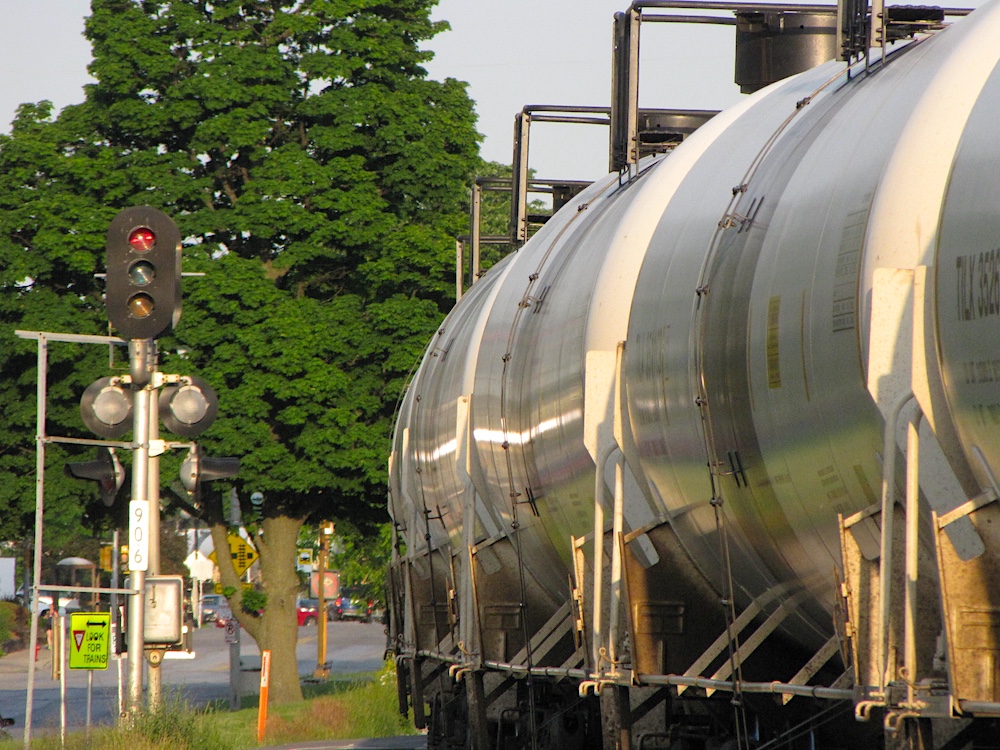
Tank car history traces back more than 150 years. Today, tens of thousands of tank cars are in service on North American railroads. They are used for various liquids and gasses, and their cargos include petroleum products, chemicals, and food-grade substances. Tank cars can be pressurized or non-pressurized, insulated or non-insulated, and — depending on […]
Read More…
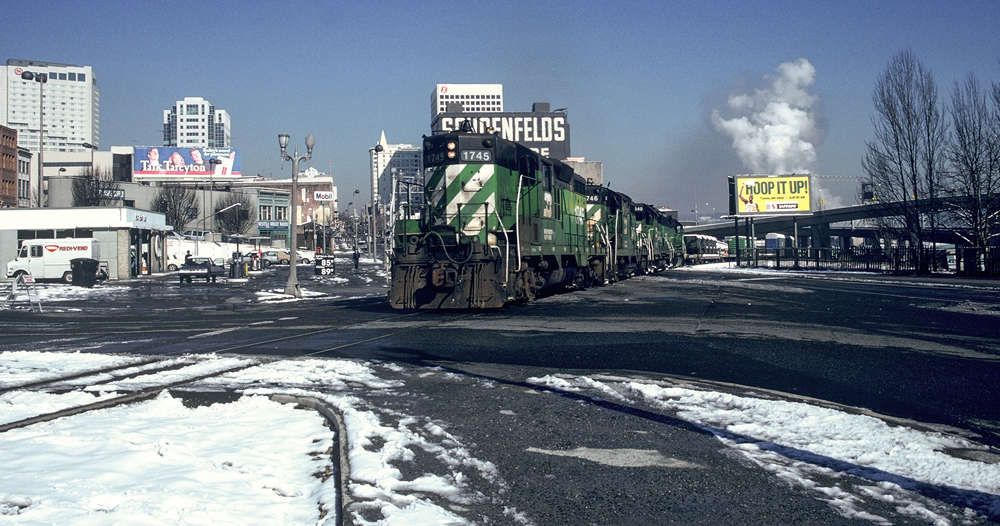
It’s a small world after all… At the end of my Army gate story, I mentioned that the next day’s Mobase local crew was amused about having to fix our mess — well, I have to admit that was a tad bit sarcastic. Though it would take eleven years to learn the whole story. When […]
Read More…
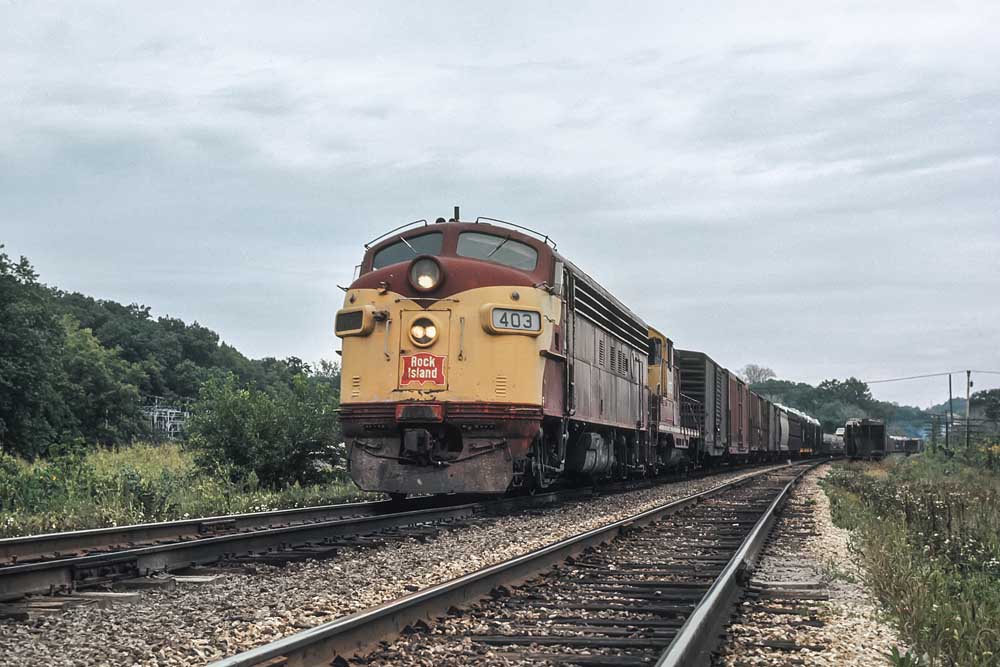
Rock Island locomotives displayed a remarkable lack of diversity in the steam era. In contrast, during the diesel era, the Rock hardly met a locomotive model it didn’t like. In the 20th century, the Rock made heavy use of the 0-6-0 (171), 2-8-0 (562), 2-8-2 (234), 4-6-0 (242), and 4-6-2 (175), types. Perhaps the best-remembered […]
Read More…
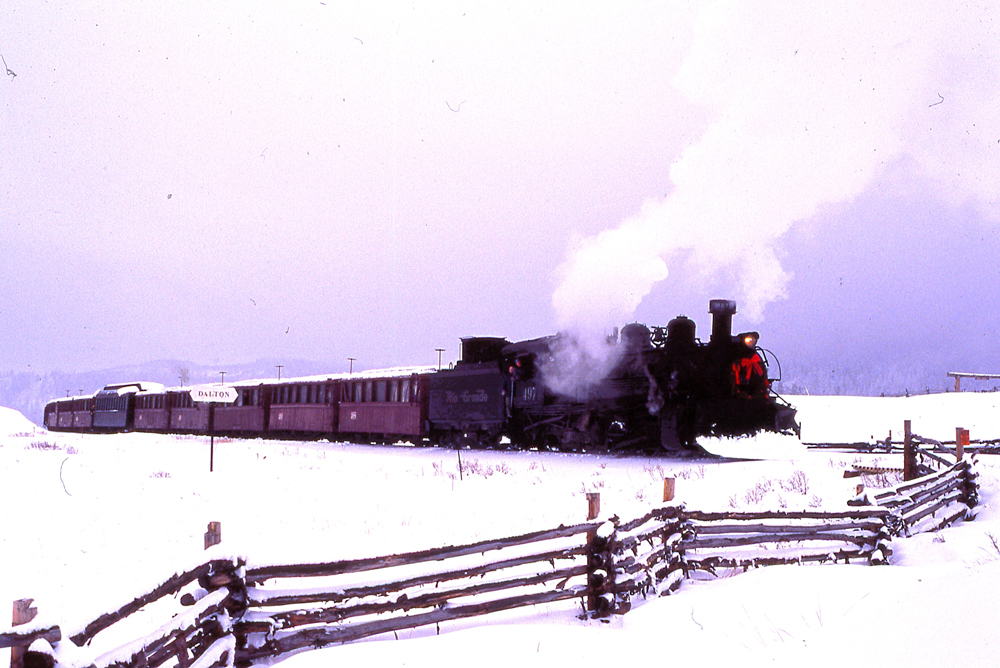
Train fans In every generation of train fans, there are those among us that feel they should have been born a decade, or perhaps even a generation, earlier so they could have witnessed railroading now gone and buried. Whether it be a particular branch line, an entire railroad, first-generation diesels, steam, or anything else dear […]
Read More…
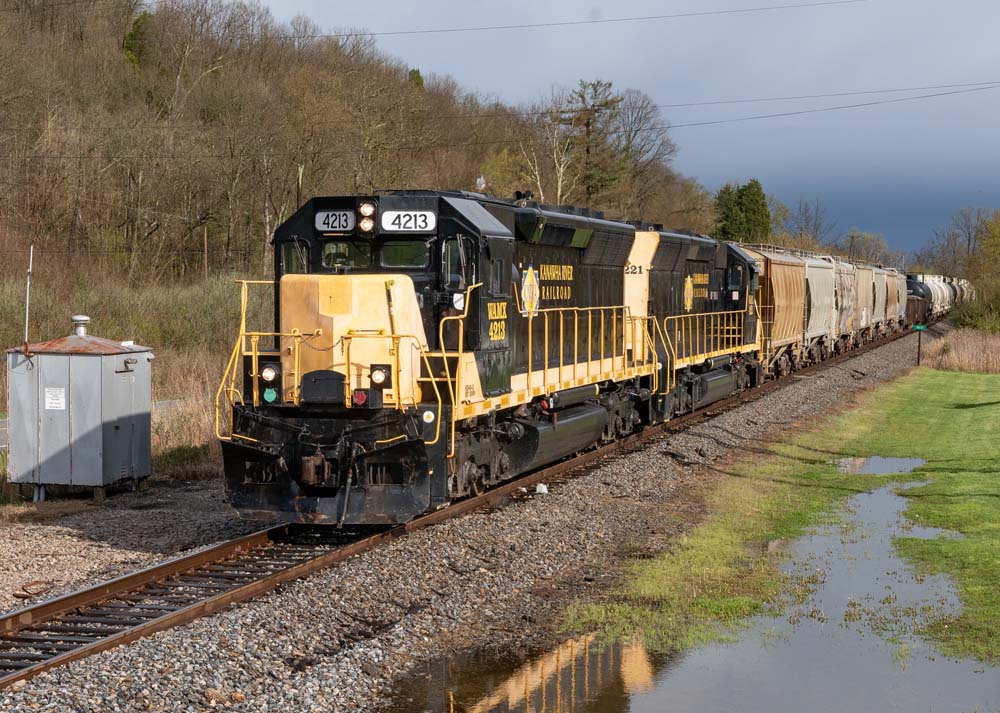
First-generation locomotives First-generation locomotives: The North American locomotive industry is currently into a deep rebuild cycle to keep their rosters reliable and fresh. The high cost and complexity of new locomotives coupled with excess power on Class I rosters have prompted a wave of rebuilding older locomotives rather than purchasing new power. While more simple […]
Read More…
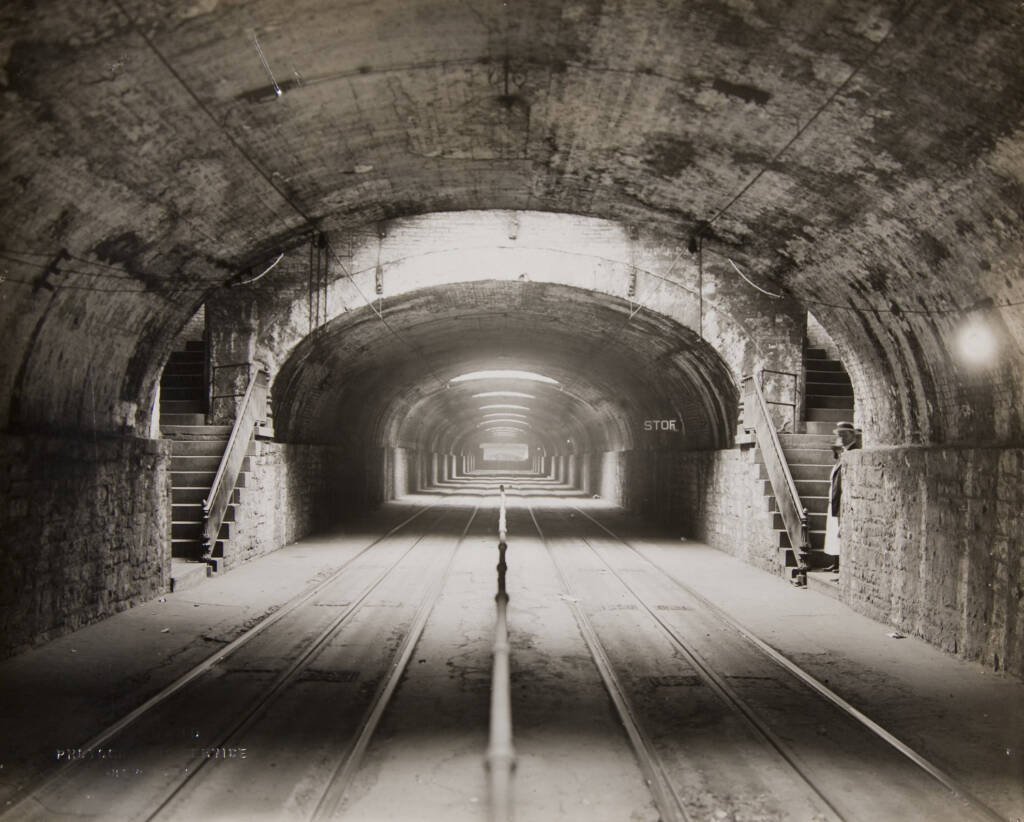
America’s oldest railroad tunnels What seems like a straightforward question can have three different answers, depending on how you define “oldest.” Partisans of the Pennsylvania, the New Haven, and the New York Central (and their ancestral lines) will have their own takes on it — and each will be right. Ask where is the first […]
Read More…

Exploring London by rail Exploring London by rail unlocks the best the metropolis has to offer. As one of the world’s great cities, London is a popular destination for American travelers and one of the planet’s most railroad-intensive places. It is populated by amazing Victorian stations that blend the finest examples of 19th-century railroad architecture […]
Read More…












